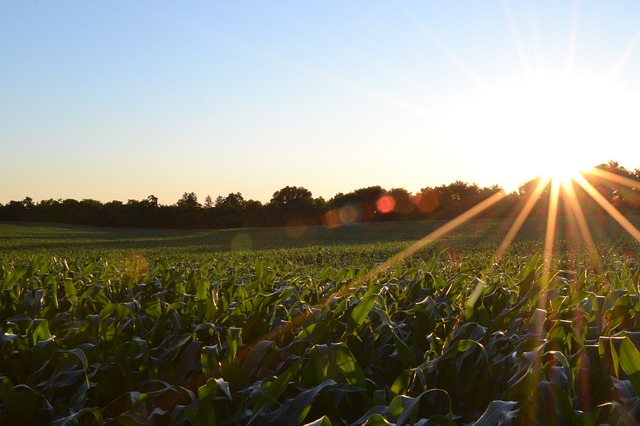How Midwestern Farmers Could Help Save the Gulf of Mexico
Author: Tom Philpott | Published: July/August 2017
This cool technique can rescue sea creatures and soil—so why aren’t more farmers using it?
If you pay state taxes in Maryland, you fund a program that gives farmers as much as $90 per acre—$22,500 annually for a typical corn operation—to plant a crop that’s not even intended for harvest. This absurd-sounding initiative cost the state’s coffers a cool $24 million in 2015.
Yet I come not to expose a government boondoggle, but to praise an effort crucial to saving our most valuable fisheries. Let me explain.
Every summer, an algal bloom stretches along the Chesapeake Bay, the most productive estuary in the continental United States. As the algae dies, it sucks oxygen from the water, suffocating or driving away marine life. Cleaning up the dead zones would lead to more productive fisheries, increased tourism, and higher property values—benefits that would total $22 billion per year, according to the Chesapeake Bay Foundation.
What drives the algal blooms is what makes corn grow tall: nitrogen. The corn that farmers plant sucks up 50 percent or less of the nitrogen in the fertilizer they apply in the spring. But come harvest, there are no plants to absorb the excess, and so it leaches into streams and runs off into the bay—where it fertilizes a bumper crop of algae.
By paying farmers to plant a winter-hardy crop like rye right after corn is harvested in the fall, Maryland is trying to solve that problem. The rye absorbs the excess nitrogen and is typically harvested in the spring—before it matures into an actual grain crop—to make way for corn and soybeans. The chaff is either tilled under or left as is; when farmers plant into it, the dead vegetation crowds out weeds.
The program owes its origins largely to a 1998 University of Maryland study that showed planting rye after corn reduced nitrate leaching by about 80 percent. When cover crops were used for seven straight seasons, the researchers found, the nitrate levels in the water table dropped by 50 percent or more. Now, more than half of all corn and soybean acres in Maryland are covered in the winter, keeping 3.4 million pounds of nitrogen out of the Chesapeake Bay.

